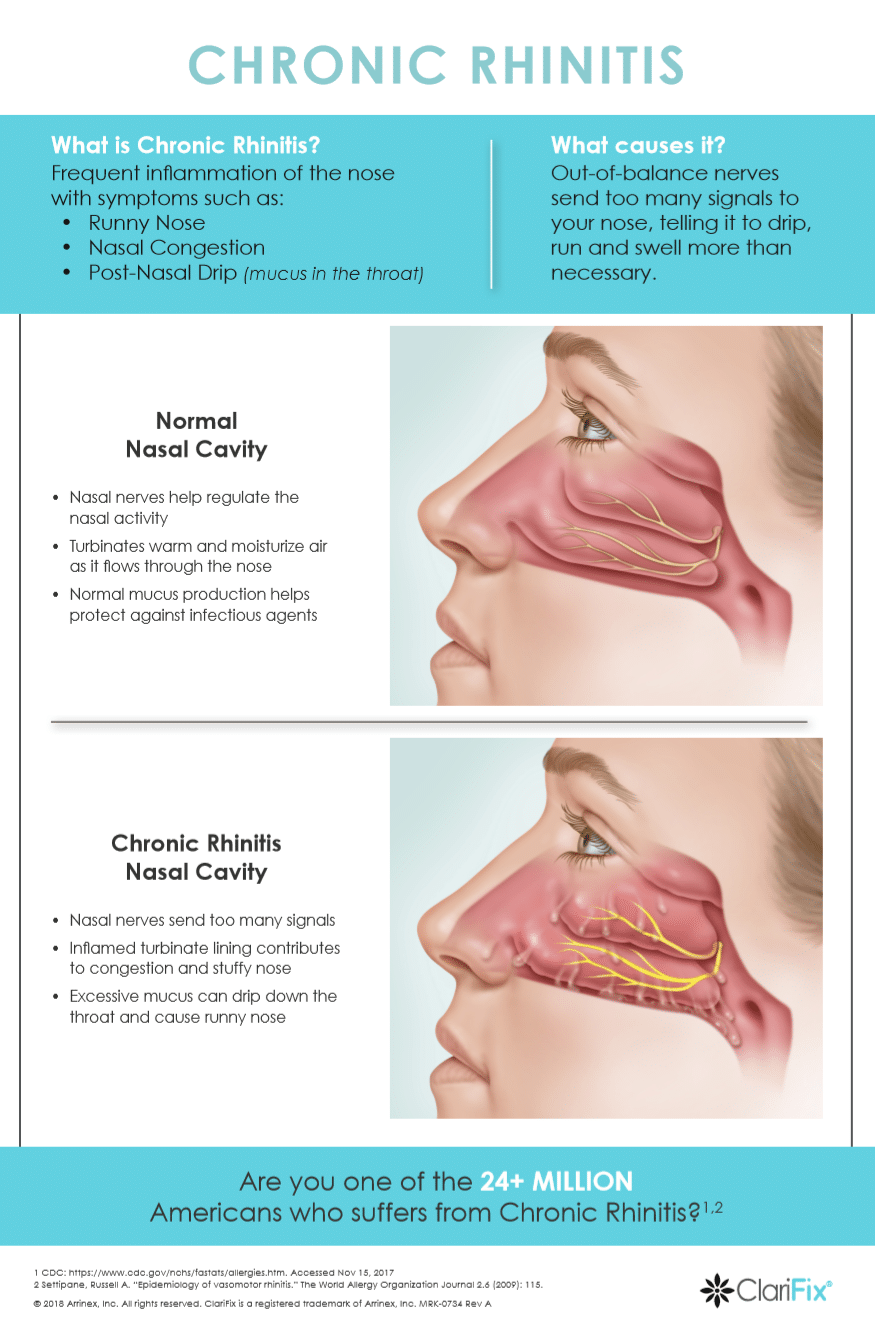
Decongestants – which relieve swelling in your nasal passages – may also be helpful. However, colds can also cause yellow or green mucus, and they’re caused by viruses, which won’t be helped by antibiotics.Īntihistamines– which reduce or block chemicals called histamines and thus reduce allergy symptoms – can help with post-nasal drip that’s caused by sinusitis and viral infections. If, for example, you have thin mucous secretions that are becoming thicker and are yellow or green, that can sometimes – but not always – be an indication that you have a bacterial infection. To determine an effective treatment for post-nasal drip, it’s necessary to determine the cause of the problem. What does treatment for post-nasal drip include?

Sinus infection if your sinus passages become plugged by mucus.Ear infection if mucus plugs up your Eustachian tube, which connects the throat and the middle ear.Post-nasal drip is the most common cause of chronic cough. Coughing, which often gets worse at night.A tickling feeling that makes you want to constantly clear your throat.Post-nasal drip can create several annoying symptoms, including: What are the symptoms of post-nasal drip? Environmental irritants, including chemicals, perfumes, cleaning products, and smoke.Certain foods, including ones that are spicy.Changing weather fronts, cold temperatures, or excessive dryness in the air.A deviated septum (misalignment of the wall that separates the two nostrils) or another anatomical problem that interferes with the normal production and easy flow of mucus.Certain medications (including birth control pills and high blood pressure medications).Sinus infection or sinusitis (inflammation of the sinuses).The excess mucus production that triggers post-nasal drip has a number of possible causes, including: In this blog, the specialists at DFW Sinus Select will explain the best treatments to stop post-nasal drip. When the mucus instead runs down the back of your nose and into your throat to the point where you can feel it, it’s called post-nasal drip. When your body produces more mucus than usual, you may experience a runny nose with excess mucus coming out of the front of your nose. Normally, you’re not aware of this process because the mucus mixes with saliva and drips harmlessly down the back of your throat, where it’s swallowed gradually and continuously throughout the day. It also plays an important role in clearing away foreign invaders like bacteria and viruses before they can get into your body and cause an infection. Although people tend to think of mucus as an annoyance, it serves several important functions, including humidifying and cleansing air before it reaches your lungs.

Glands found in your nose, throat, and several other parts of your body produce up to two quarts of mucus a day.


 0 kommentar(er)
0 kommentar(er)
